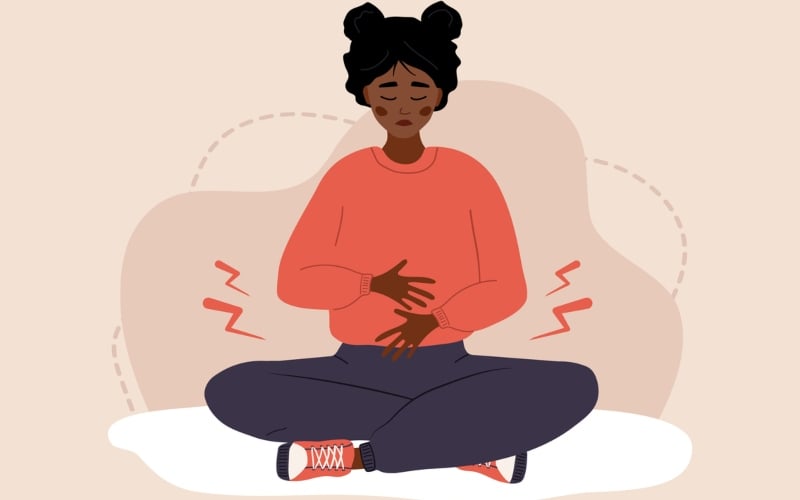By Jim Morris and Leslie Berestein Rojas, Public Health Watch
A year after Public Health Watch, LAist and Univision revealed a cluster of the deadly lung disease silicosis among fabricators of artificial-stone countertops in the Los Angeles area, workplace regulators in California on Thursday approved an emergency rule meant to help quell the epidemic.
After hearing public testimony, the California Occupational Safety and Health Standards Board voted unanimously to adopt the emergency temporary standard, which will require employers of fabrication workers – mostly young, Latino men – to suppress toxic silica dust with water and take other protective measures. The ultrafine dust becomes airborne and enters workers’ lungs when the countertop slabs are cut or ground. The all-too-common results: lung-scarring that continues even after exposure ends, and slow suffocation.
Among those who testified in support of the rule was Dr. Robert Harrison, chief of occupational health surveillance for the California Department of Public Health, who said the number of silicosis cases statewide had reached 100. As recently as July, the count was 77.
“This is not like anything I’ve seen in my 40-year career in occupational medicine,” said Harrison, a physician on the faculty at the University of California, San Francisco.
The emergency temporary standard, which will likely be replaced by a permanent one, allows California’s Division of Occupational Safety and Health, known as Cal/OSHA, to immediately shut down a fabrication shop, without conducting air sampling, if an inspector observes the “dry-cutting” of silica-laden countertop slabs. Among other things, it will also require:
- The use of respiratory protection for any “high-exposure” task.
- Exposure monitoring at least every 12 months
- Training and written warnings in English and Spanish
According to Cal/OSHA, about 4,040 workers are employed in the state’s 808 fabrication shops. The agency estimates that “between 500 and 850 cases of silicosis will occur among these workers, and between 90 and 160 will likely die of silicosis.” It also estimates that 72 percent of the shops are out of compliance with the state’s current silica standard, which was developed with traditional industries like mining, quarrying and sandblasting in mind and includes loopholes that allow employers in artificial-stone fabrication to sidestep worker protections.
Also testifying in favor of the rule was Dr. Jane Fazio, a pulmonary physician at Olive View-UCLA Medical Center in the San Fernando Valley who treats silicosis patients.
“In just the last six months, I’ve witnessed a 20-something-year-old suffer through a lung transplant,” Fazio said, “an amount of suffering that many would deem unthinkable and I wouldn’t want to go through myself. I have numerous other patients in their 30s on the lung-transplant list, waiting and waiting for one of those precious organs to become available and become a match for them. But they don’t come available that often.”
Fazio added, “A lot of them will probably die waiting. And they’re terrified.”
Raphael Metzger, a lawyer in Long Beach, represents about 30 of the Southern California silicosis victims and their families in lawsuits against artificial-stone manufacturers. In an interview with LAist on Thursday, Metzger said that while the new silica regulations in principle are a “good thing,” they remain “inadequate because the artificial-stone products cannot be safely used.”
This week, the Australian government enacted a ban on such products, effective next July, making it the first nation to do so. “I think that’s what needs to be done here,” Metzger said. Los Angeles County is considering what would be the first ban in the United States.
“My fear is that just making more regulations, which [Cal/] OSHA doesn’t have the manpower to enforce anyway, is not going to solve this problem at all,” Metzger said.
Artificial stone, also known as engineered stone, contains upwards of 93% silica. Natural stone, which tends to be more expensive and harder to fabricate, contains far less. The silica content of marble is negligible, for example, and the silica content of granite ranges from 10% to 45%. The respirable silica particles that do such damage to the lungs are about 100 times smaller than a grain of ordinary sand.
Cal/OSHA estimates that the emergency temporary standard will cost California businesses $66 million over the next 10 years. But the agency says that “benefits over the same period are estimated at $603 million, not including indirect costs associated with lost wages and benefits, lost lifetime productivity, and pain and suffering.”
Leslie Berestein Rojas is immigrant communities correspondent at LAist.
—
This article was originally published by Public Health Watch, a nonprofit investigative news organization. Find out more at publichealthwatch.org. 
***
You Might Also Like These From The Good Men Project
 Compliments Men Want to Hear More Often
Compliments Men Want to Hear More Often  Relationships Aren’t Easy, But They’re Worth It
Relationships Aren’t Easy, But They’re Worth It  The One Thing Men Want More Than Sex
The One Thing Men Want More Than Sex  ..A Man’s Kiss Tells You Everything
..A Man’s Kiss Tells You Everything Join The Good Men Project as a Premium Member today.
All Premium Members get to view The Good Men Project with NO ADS.
A $50 annual membership gives you an all access pass. You can be a part of every call, group, class and community.
A $25 annual membership gives you access to one class, one Social Interest group and our online communities.
A $12 annual membership gives you access to our Friday calls with the publisher, our online community.
Register New Account
Log in if you wish to renew an existing subscription.
Username
First Name
Last Name
Password
Password Again
Choose your subscription level
- Yearly - $50.00 - 1 Year
- Monthly - $6.99 - 1 Month
Credit / Debit Card PayPal Choose Your Payment Method
Auto Renew
Subscribe to The Good Men Project Daily Newsletter By completing this registration form, you are also agreeing to our Terms of Service which can be found here.Need more info? A complete list of benefits is here.
—
Photo credit: Trevor Stamp
The post California Issues Emergency Rule to Address Silicosis Epidemic appeared first on The Good Men Project.
Original Article










